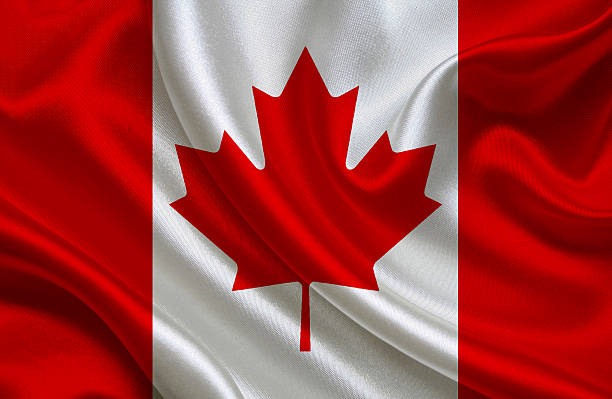The federal government released its 2030 Emissions Reduction Plan on March 29, 2022. (the Plan). The Plan clearly aspires to be broad and ever-greening. It sets the tone by laying out where we are now in terms of current emissions and emissions management for key sectors like oil and gas, transportation, and agriculture; and it illuminates where we want to go by laying out funding opportunities and actionable steps for each key sector, as well as for nature-based and clean tech-based solutions in general. Discussion of the preservation and management of the new intellectual property (IP) underlying the development of these emissions management and green(er) technologies is conspicuously omitted from the Plan.
The Plan emphasizes financial programs that have been developed, or are in the process of being implemented, to stimulate the innovation needed to control current and future emission levels – for example, the Agricultural Clean Technology Program and the Sustainable Development Technology Program.
The Industrial Research Assistance Program is one of Canada’s initiatives. However, these programs are primarily focused on subsidizing R&D and operational costs for companies developing new, greener technologies, rather than their intellectual property, which might take the shape of patent applications, trade secrets, trademarks, and other (often expensive) forms. That said, there is a silver lining – if one knows where and how to look.
Navigating the costs and processes surrounding protecting intellectual property rights can be daunting and challenging
Balancing R&D costs with IP costs can be difficult at best for any company aiming to develop, protect, and market new technology. The Plan’s funding schemes can help companies balance their budgets by covering most, if not all, of their R&D costs. This can free up funds in a company’s budget to cover IP expenses such as hiring patent or trademark attorneys, writing and litigating patent applications, maintaining granted patents, registering trademarks, and safeguarding trade secrets. A corporation may better safeguard and defend their technology’s place in the market from competitors by investing these monies in creating and defending their IP, as well as improving their branding power with their customers.
Moreover, the Canadian Patent Office (CIPO) is well-positioned to assist and advance the intellectual property associated with green(er) innovations. Once a patent application has been published, it is eligible for free accelerated evaluation at CIPO if it relates to green(er) technologies.
The patent applicant only needs to include a statement with the examination request stating that the patent application is for a technology “the commercialization of which would assist in the resolution or mitigation of environmental impacts or the conservation of the natural environment and natural resources.” CIPO takes this declaration as truthful and makes no judgment on its legality as long as it is clearly attached to the examination request.
Using this expedited examination can help a corporation move more swiftly through the prosecution of its green(er) technology patent applications, resulting in issued patents. This may enable a company to fully leverage its pending patent applications or granted patents with investors and funding organizations for additional capital, where such investors and funding organizations want assurance that the green(er) technology is patentable and that enforceable patent rights can be acquired.
It can be difficult to navigate the expenses and processes associated with preserving intellectual property rights. However, the Plan’s enhanced funding may be able to assist minimize some of these issues and their associated costs. Please contact the writers or any of the relevant contacts listed below for more information.
You can see a list Canadian IP firms here
